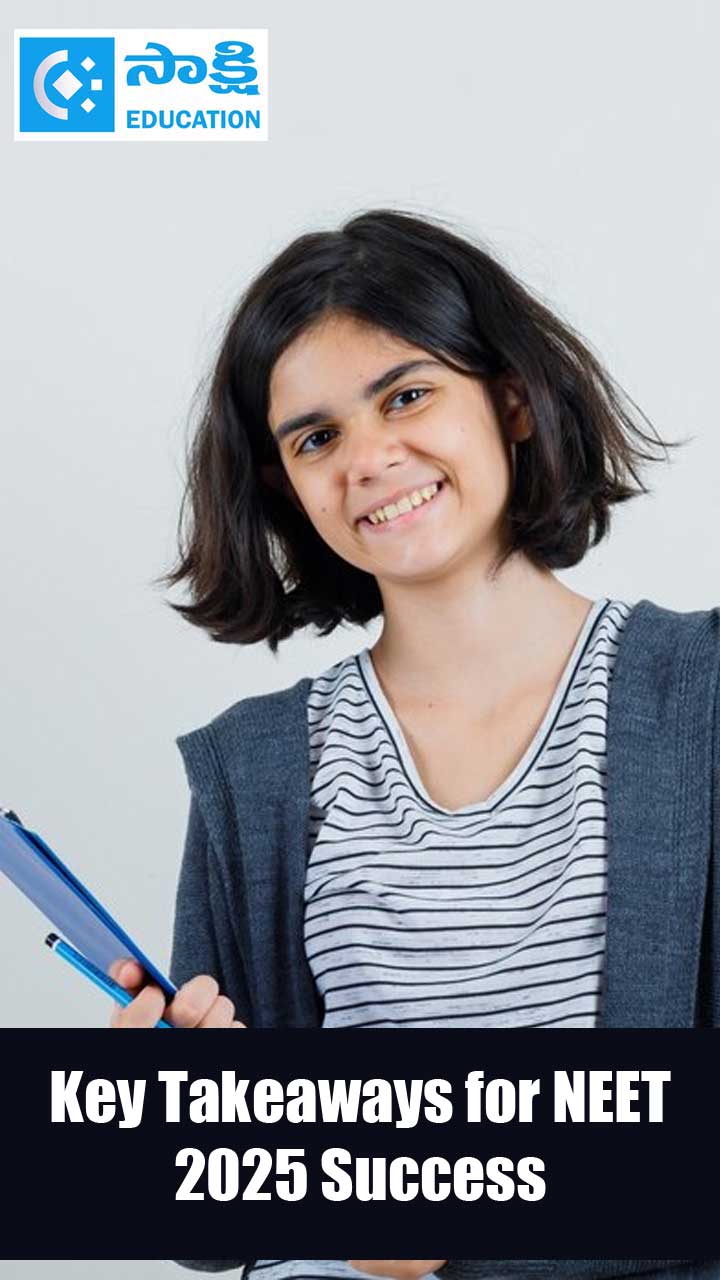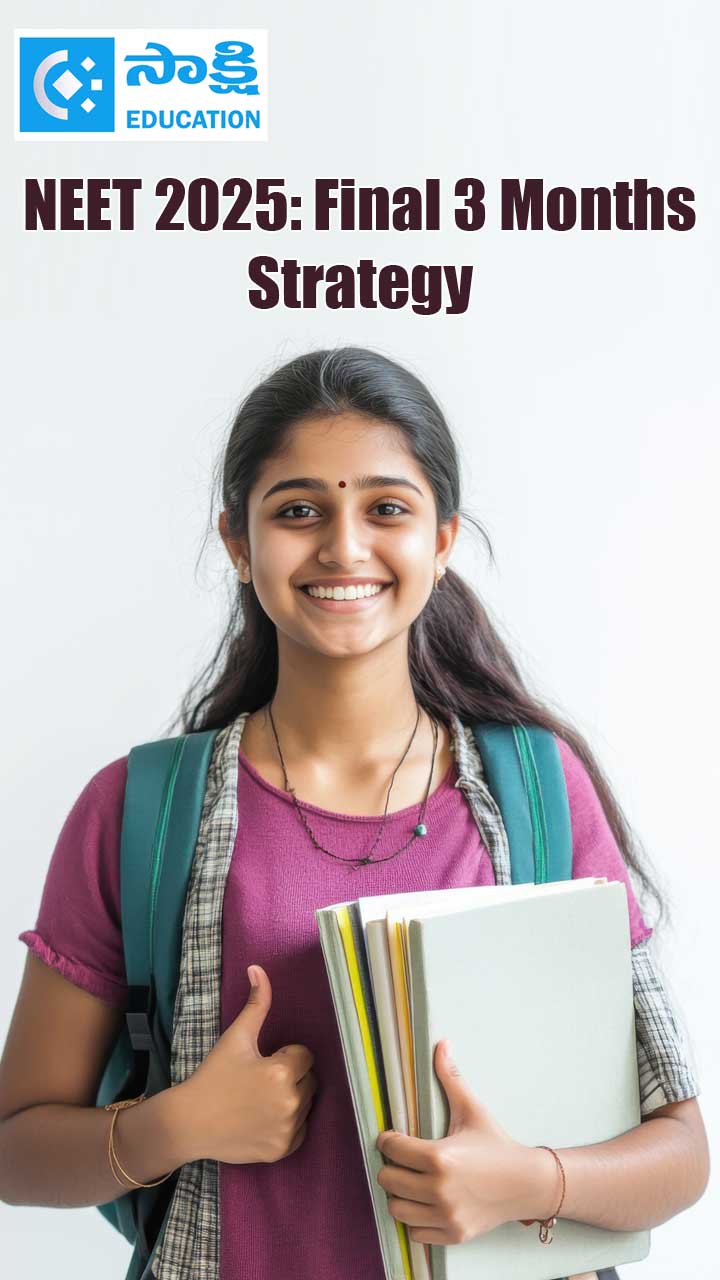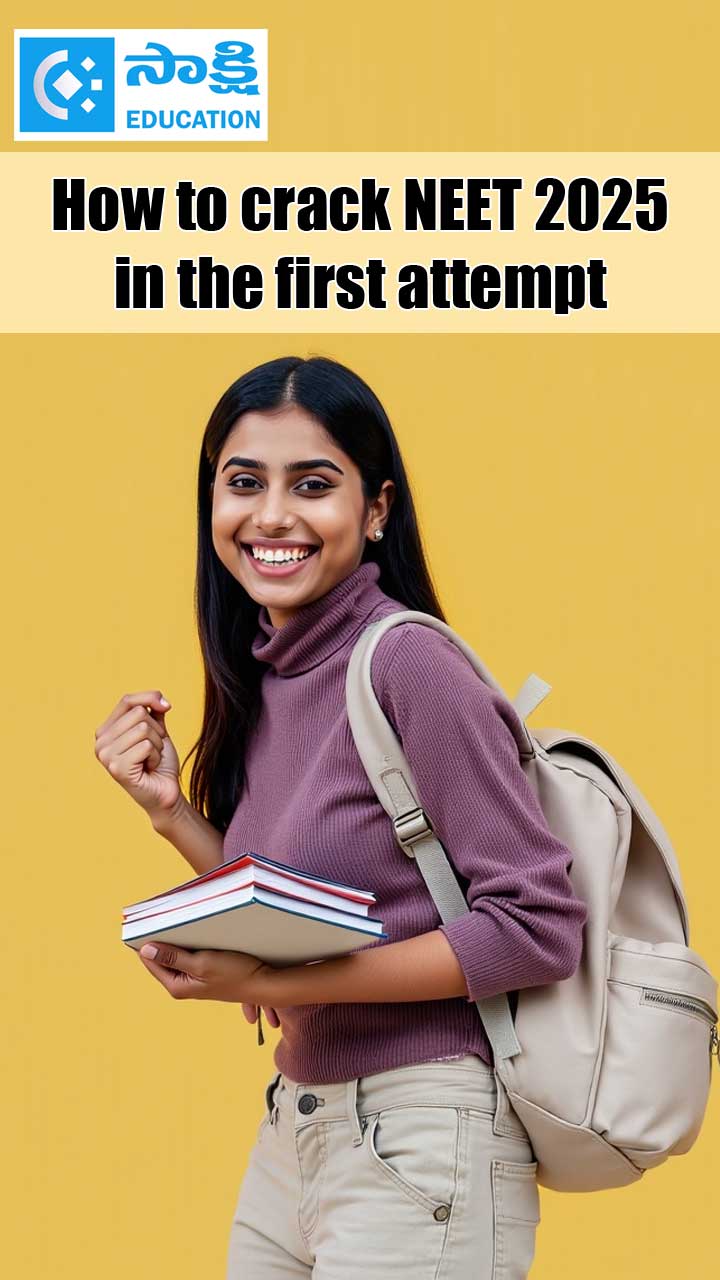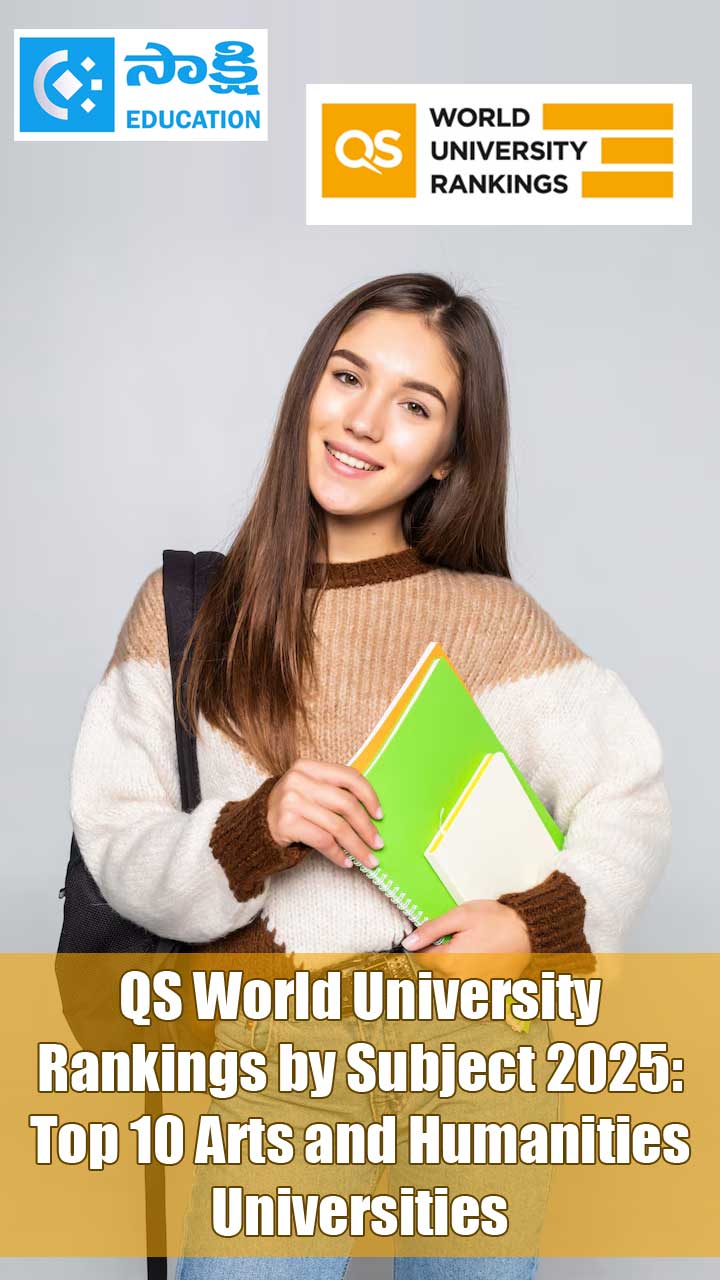Engineering Services Examination - Preparation Tips for the new GS and Engineering Aptitude Part
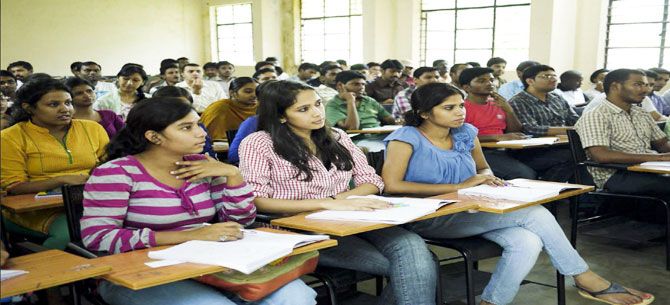
Let us give a glance into the revised format of the exam:
| Stage - I (Engineering services Preliminary Examination) (Objective papers) | Duration | Max Marks | |
| Paper - I(Common for all candidates) | General studies and engineering aptitude paper | 2 hr | 200 |
| Paper - II | Engineering discipline - Specific paper (CE/ME/EE/E&T) | 3 hr | 300 |
| Stage - I | Sub Total | 500 | |
| Minimum qualifying marks for each paper should be at the discretion of the commission. Only those candidates qualifying at this Stage to be permitted to appear for Stage-II examination There will be penalty of one third for wrong answers in objective papers | |||
| Stage - II (Engineering services Mains Examination)(Conventional papers) | Duration | Max Marks | |
| Paper - I | Engineering discipline - Specific paper I (CE/ME/EE/E&T) | 3 hr | 300 |
| Paper - II | Engineering discipline - Specific paper II (CE/ME/EE/E&T) | 3 hr | 300 |
| Stage - II | Sub Total | 600 | |
| Stage I + Stage - II Sub Total | 1100 | ||
| Only those candidates qualifying at this stage (i.e, stage I + stage II) to be permitted to appear for stage - III examination | |||
| Stage - III | Personality Test (Interview) | 200 | |
| Stage I + Stage II + Stage III | Grand total | 1300 | |
Total number of vacancies will be approximately 440 including 17 PH (LDCP – 12 & HI – 05) vacancies.
Only those candidates qualifying at this Stage (i.e. Stage I + Stage II + Stage III) will be included in the Final Merit List of Engineering Services Exam. Thus the marks secured by the candidates in the Stage-I (Objective type papers) of the Engineering Services Examination should be added to the marks secured in the Stage-II (Conventional type papers) of the Examination and Stage-III (Personality Test) and accordingly, such marks secured by the candidates in Stage-I should also be counted for merit.
In the Personality Test, special attention will be paid to assessing the candidate’s capacity for leadership, initiative and intellectual curiosity, tact and other social qualities, mental and physical energy, powers of practical application and integrity of character.
Dealing the new GS and Engineering Aptitude part:
The examiner has not mentioned the subtopics for the broadly mentioned syllabus. By analyzing the syllabus we can zero in on some of the important suggested sub topics for the given syllabus.
1. Current issues of national and international importance relating to social, economic and industrial development
2. Engineering Aptitude covering Logical reasoning and Analytical ability
(Suggested sub topics: For logical reasoning – Numbers, time sequence ranking and comparison, direction and distance, arithmetical reasoning, blood relations, venn diagrams, coding and decoding, Ages, Clock, Alphabets, syllogism, arguments, assumptions. For Analytical Ability – Puzzles, Cubes and Dice, Data analysis)
3. Engineering Mathematics and Numerical Analysis
(Suggested sub topics: For Engineering Mathematics – GATE topics, For Numerical Analysis – Numerical estimation, numerical reasoning, data interpretation)
4. General Principles of Design, Drawing, Importance of Safety
(Suggested sub topics: Design process, team behavior, problem definitions and customer requirements, concept generation, decision making and concepts evaluation, embodiment design, detail design, introduction to scales and curves, orthographic projections, isometric & perspective projections, conventional representation, AUTO CAD, Importance of safety measures)
5. Standards and Quality practices in production, construction, maintenance and services
(Suggested sub topics: Basic definitions, Quality costs, Quality philosophy, tools of quality control, continuous improvement techniques, total productive maintenance & service quality, total quality management & reliability, ISO, construction quality)
6. Basics of Energy and Environment: Conservation, environmental pollution and degradation, Climate Change, Environmental impact assessment
(Suggested sub topics: Basic definitions, Quality costs, Quality philosophy, tools of quality control, continuous improvement techniques, total productive maintenance & service quality, total quality management & reliability, ISO, construction quality )
7. Basics of Project Management
(Suggested sub topics: Basic definitions, project appraisal, project planning, project scheduling, CPM & PERT, project cost analysis, monitoring and control, project auditing and termination)
8. Basics of Material Science and Engineering
(Suggested sub topics: Crystal structures and defects, conducting materials, Dielectric materials, magnetic materials, Iron carbon diagram & steel alloys, Material properties and testing, Non destructive testing, polymers and ceramics, composite materials, nano materials and Nuclear materials)
9. Information and Communication Technologies (ICT) based tools and their applications in Engineering such as networking, e-governance and technology based education.
(Suggested sub topics: Basic definitions, ICT in networking, ICT and tools, satellite communication, various tools like cloud computing in e- governance, technology based education)
10. Ethics and values in engineering profession
(Suggested sub topics: Basic definitions of ethics and values, moral reasoning and ethical theories, code of ethics, engineering – social experimentation, engineer’s responsibility for safety and risk, responsibility and rights of engineers, global issues on environmental and sustainable engineering, ethical audits)
Unique pattern of ESE objective papers:
Based on the previous year papers analysis, objective questions in ESE paper will be as follows:
- Recall type questions (based on simple formulae) : 15%
- Matching type questions : 3 to 5 %
- Statement I and II type questions : 10 to 12%
- Fundamental type questions : 40 %
- Application type questions : 25 %
10 golden points for success with 60 days in hand:
- Revise your own notes and make a list of formulae in tables in such a way that you should revise in very short time before the exam. More revision will make you to have comfort in the exam.
- Give equal preference for GS preparation as it has equal weightage as of core subjects.
- Revise all the national and international issues five to six months before the exam.
- Practice at least 15 previous years GATE and ESE objective papers. Quality is more important than quantity of questions.
- Solve some numerical questions without calculator. Lengthy questions will not come in objective papers and logical thinking is very important.
- Every 4 to 5 days, revise the portions covered and try to balance both technical and GS topics. Try to memorize some numerical constants to simplify the calculations.
- Attempt number of mock exams and analyze where you are weak and strong.
- Wake up daily in the early mornings and go to bed early. Make sure to have 6-6.5 hr sleep in night time and 15 to 30 minute little nap in day time.
- Reduce your activities in social media especially in Facebook and Whatsapp.
- Take breaks in periodic manner and try to practice relaxation techniques like listening music, yoga, walking for some time etc.
Sample questions for General Studies and Engineering Aptitude (Stage – I and Paper – I, Objective type)
1. Which one of the ethical “isms” is the view that moral claims are no more than expressions of approval or disapproval?
(A) Moral realism (B) Subjectivism
(C) Emotivism (D) Perspectivism
Ans: C
2. The most common task dependency relationship in project management is
(A) Finish to Start (B) Start to start
(C) Finish to finish (D) Start to finish
Ans: A
3. Consider the following statements
1. Fire drills
2. Evacuation drills
3. Table top exercises
4. Earth quake drills
Which of the above activities come under Emergency Response Plans (ERP)?
(A) 1, 2 and 3 only (B) 1, 2 and 4 only
(C) 1 and 4 only (D) 1, 2, 3 and 4
Ans: D
4. Which of the following technology/technologies is/are can be used for facilitating e – governance?
(A) semantic web (B) cloud computing
(C) voice recognition (D) All the above
Ans: D
5.Four political parties W, X, Y and Z decided to set up a joint candidate for the coming parliamentary elections.
The formula agreed by them was the acceptance of a candidate by most of the parties four aspiring candidates P, Q, R and S approached the parties for their tickets.
P was acceptable to W but not to Z
Q was acceptable to Y but not to X
R was acceptable to W and Y
S was acceptable to W and X
When candidate Q was preferred by W and Z, candidate R was preferred by X and Z, and candidate P was acceptable to X but not to Y, who got the ticket?
(A) P (B) Q (C) R (D) S
Ans: C
6.Statement: Many students at school and degree are not able to master the subjects, even if they passed out with high courses.
Courses of action:
I. Education boards should examine and revise the examination system to tap the real talent.
II. Examination system at all levels should be so designed as to discourage rote learning.
III. Difficulty level of the examination papers should be significantly increased.
(A) only I follows (B) only II follows
(C) I and II follows (C) either I or II follows
Ans: C
7.In an examination, 35% candidates failed in one subject and 42% failed in another subject while 15% failed in both the subjects. If 2500 candidates appeared at the examination, how many passed in either subject but not in both?
(A) 325 (B) 1175 (C) 2125 (D) None of these
Ans: B
8.The mean of five observations is 4 and their variance is 5.2. If the first three values are 1, 2 and 6 then the remaining two values are
(A) 2 and 9 (B) 3 and 8 (C) 4 and 7 (D) 5 and 6
Ans: C
9.Magnetic tape recorder is made with the material
(A) Ferromagnetic (B) Anti ferromagnetic
(C) Ferri magnetic (D) Paramagnetic
Ans: A
10.The UN conference on Environment and Development, known as Rio Summit, led to the final development of which international treaty?
(A) Kyoto protocol (B) World Environmental Treaty
(C) Environment Treaty of G8 nations (D) Universal environment treaty
Ans: A
11.A model for quality assurance in production, installation, servicing and procurement is given by
(A) ISO 9000 (B) ISO 9001 (C) ISO 9002 (D) ISO 9003
Ans: C
12.Simulation in design means
(A) Imitation of the operation of a real system (B) Building prototype
(C) Evaluations of choices (D) None of the above
Ans: A
13.Two declarations – ‘Jaipur declaration’ and ‘Udaipur Declaration’ – were in the news recently. These two are respectively associated with which of the following groups/entities?
(A) New development bank and Asian infrastructure investment bank
(B) BRICS and united nations international strategy for disaster reduction
(C) IBSA and ASEAN + 6
(D) Both are associated with BRICS
Ans: D
14.United Nations Framework Convention on Climate Change meeting recently held in
(A) New York (B) New Delhi
(C) Paris (D) Guangzhou
Ans: C
15.A square lamina in isometric projection appears as
(A) Rhombus (B) Rectangle
(C) Trapezium (D) Parallelogram
Ans: A



